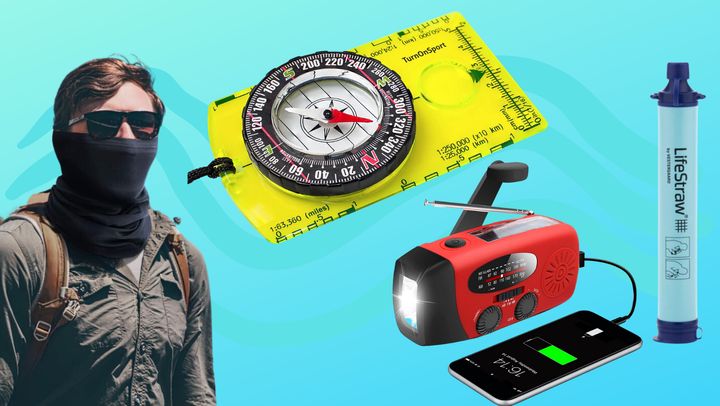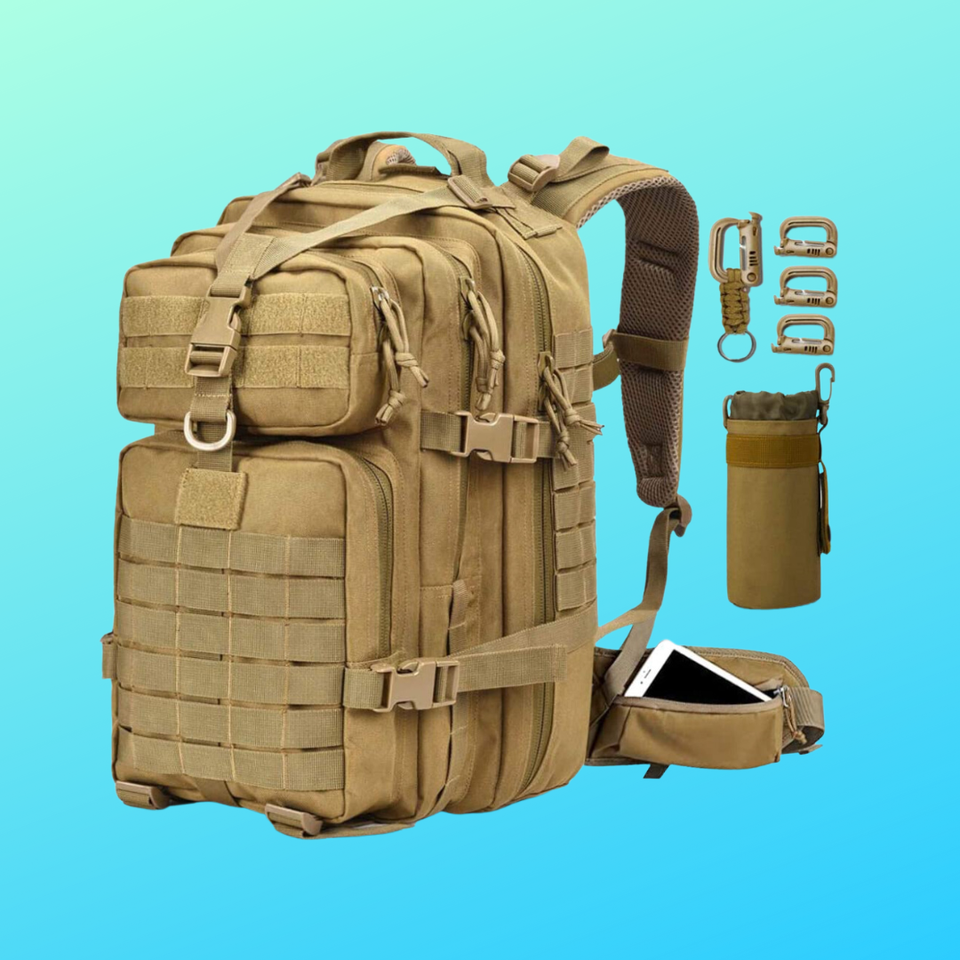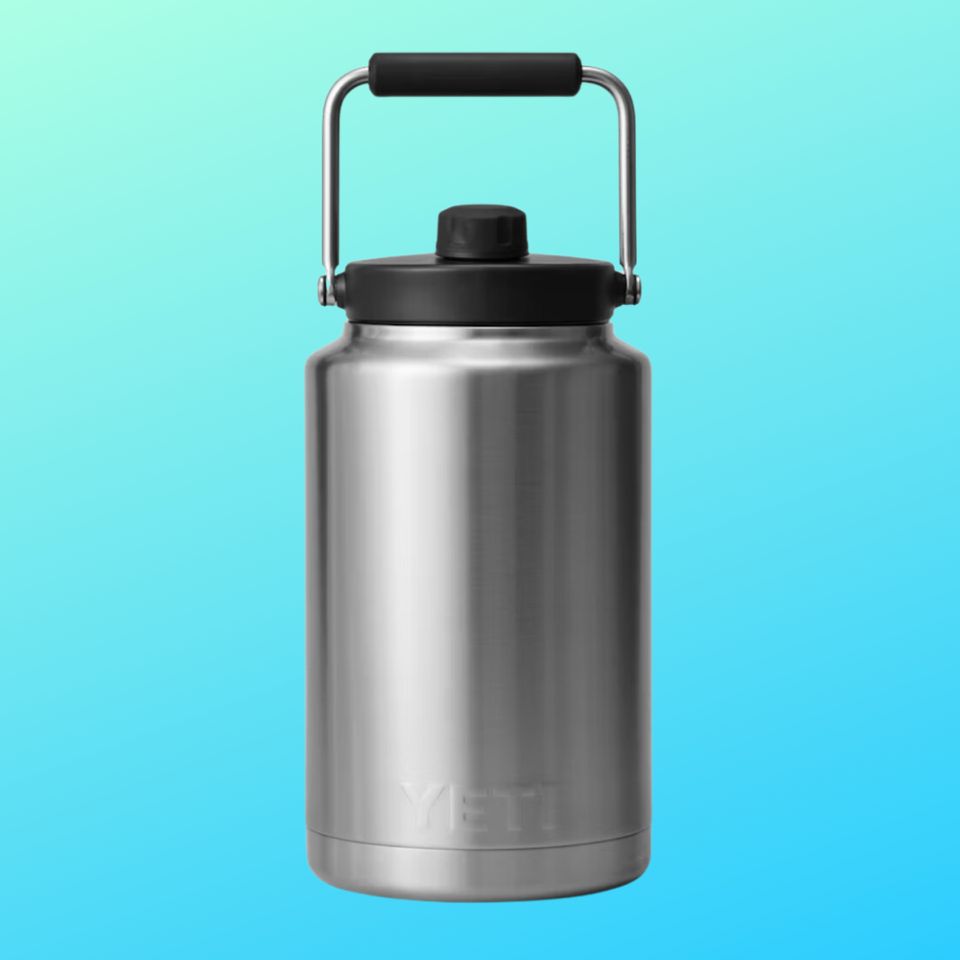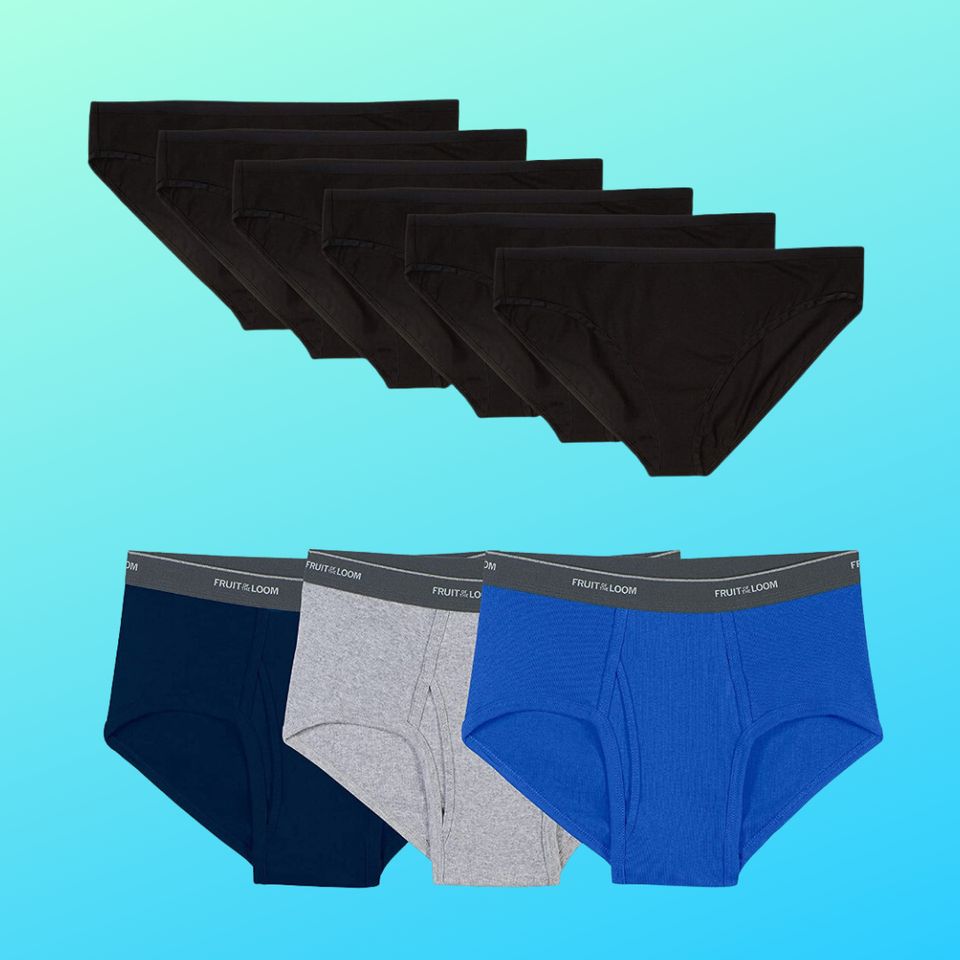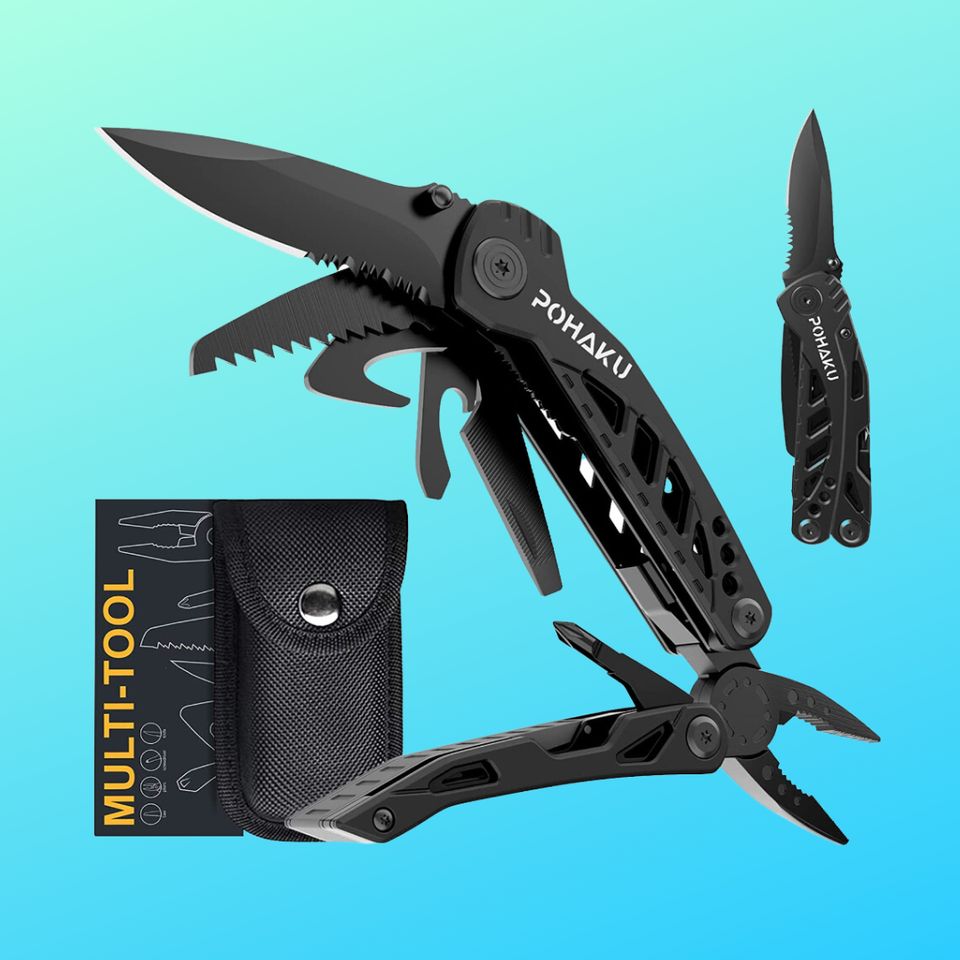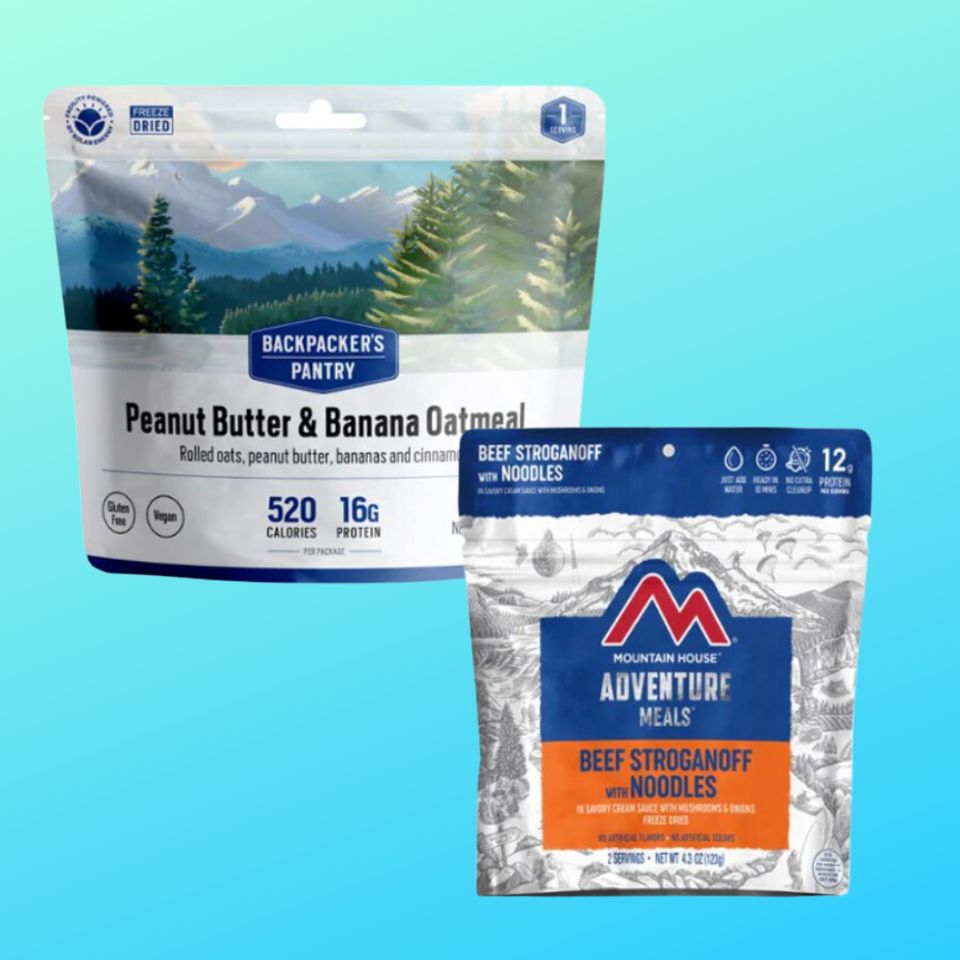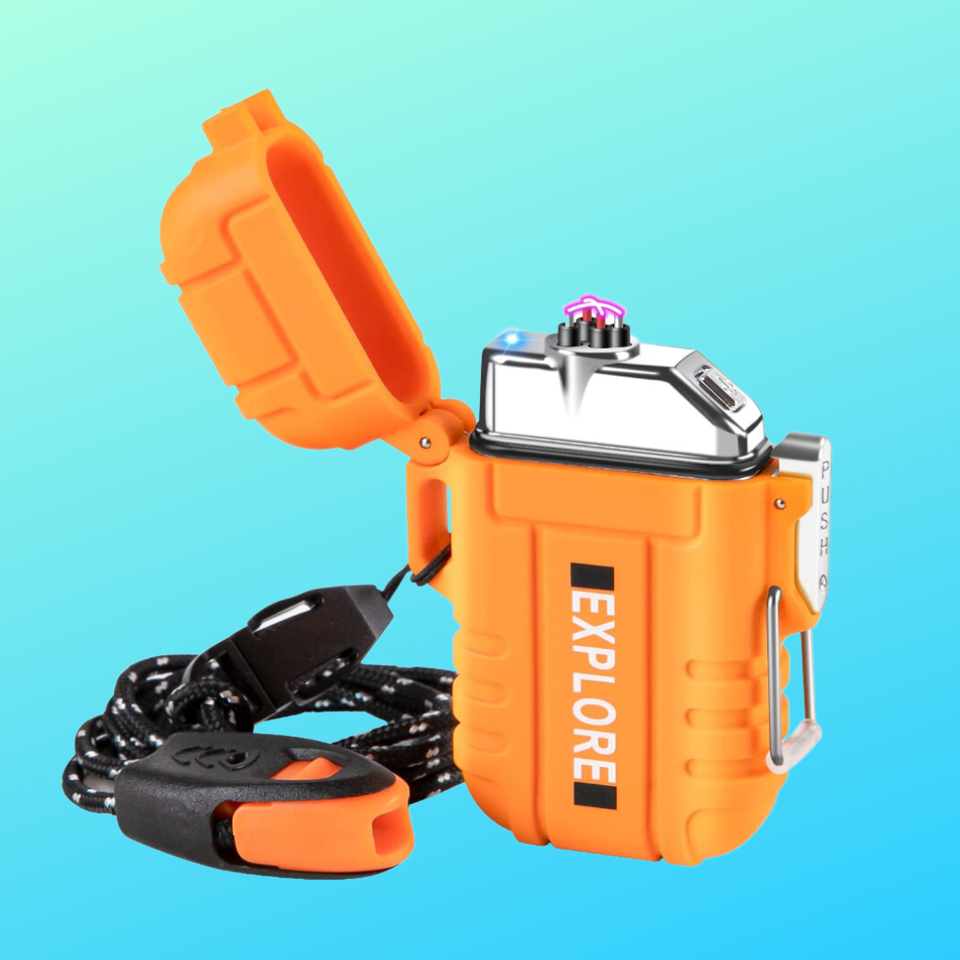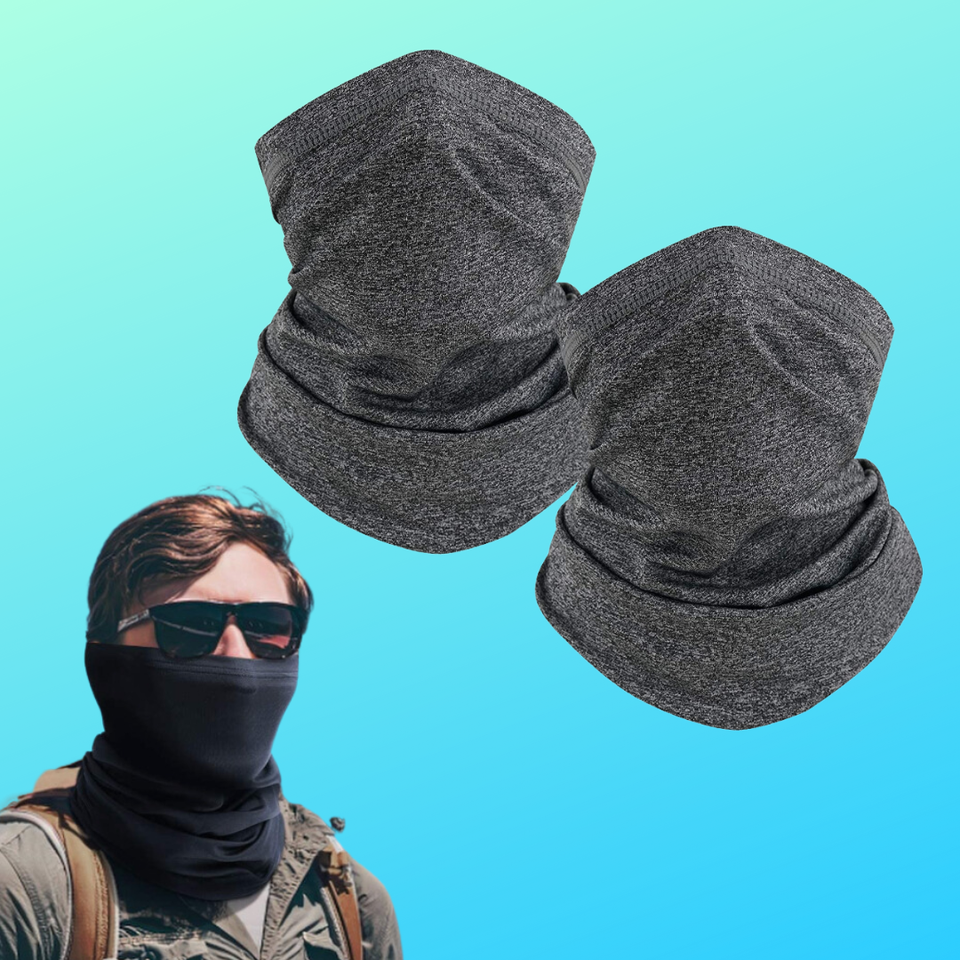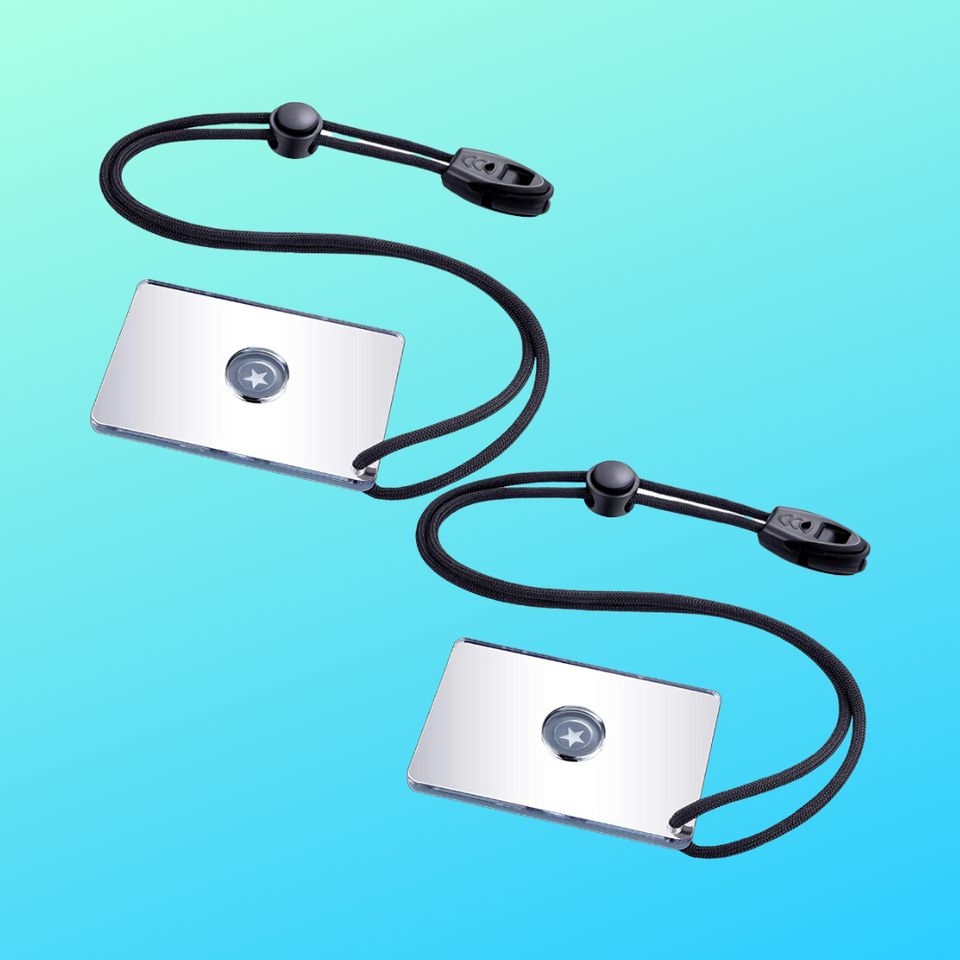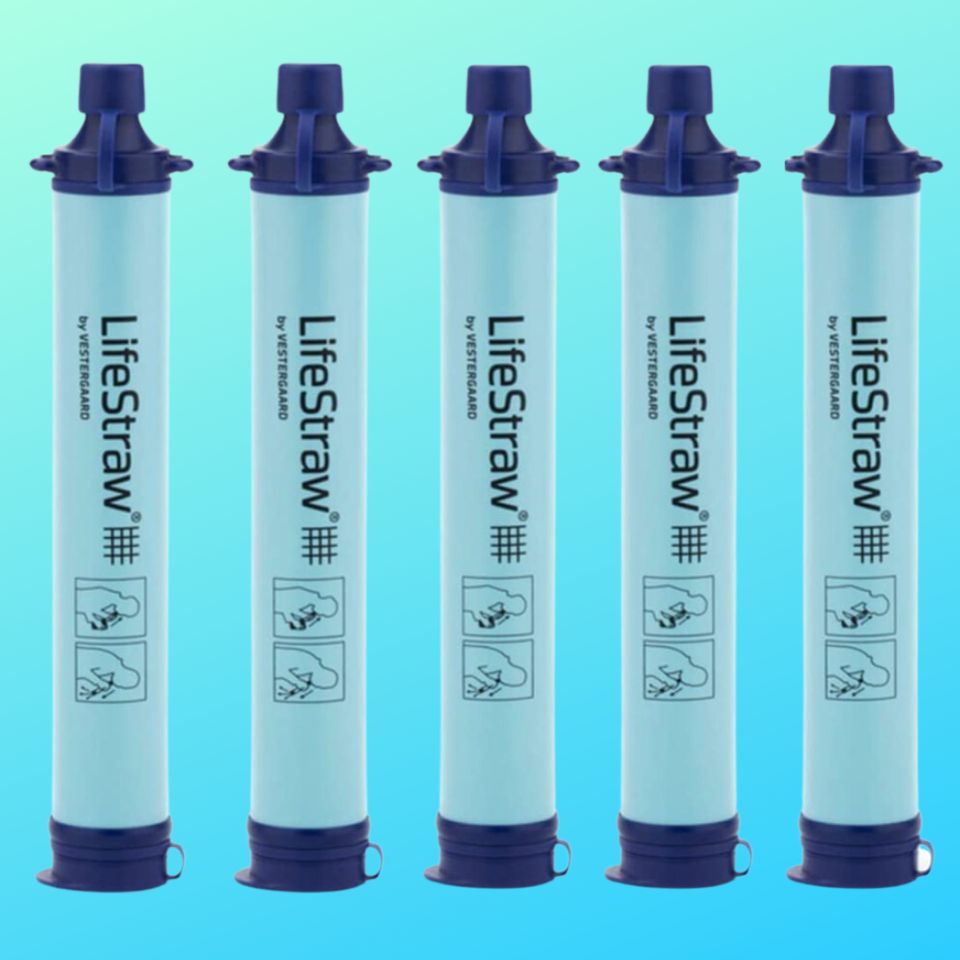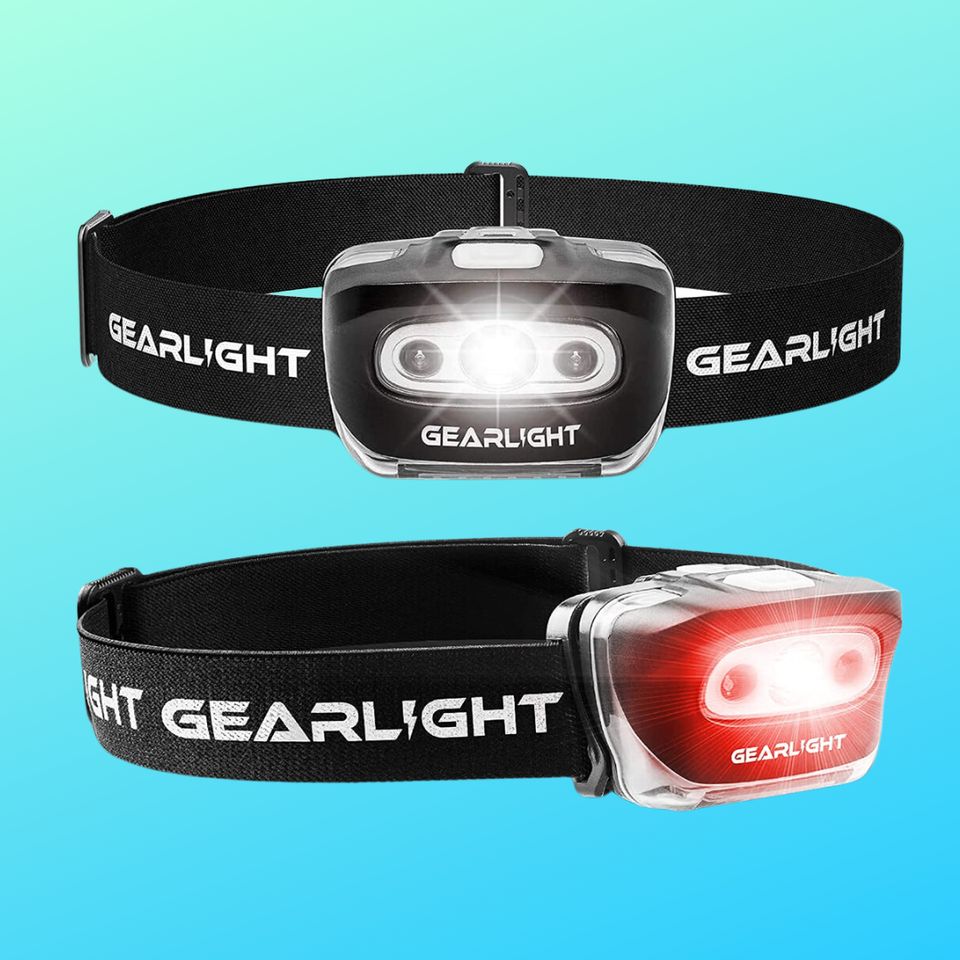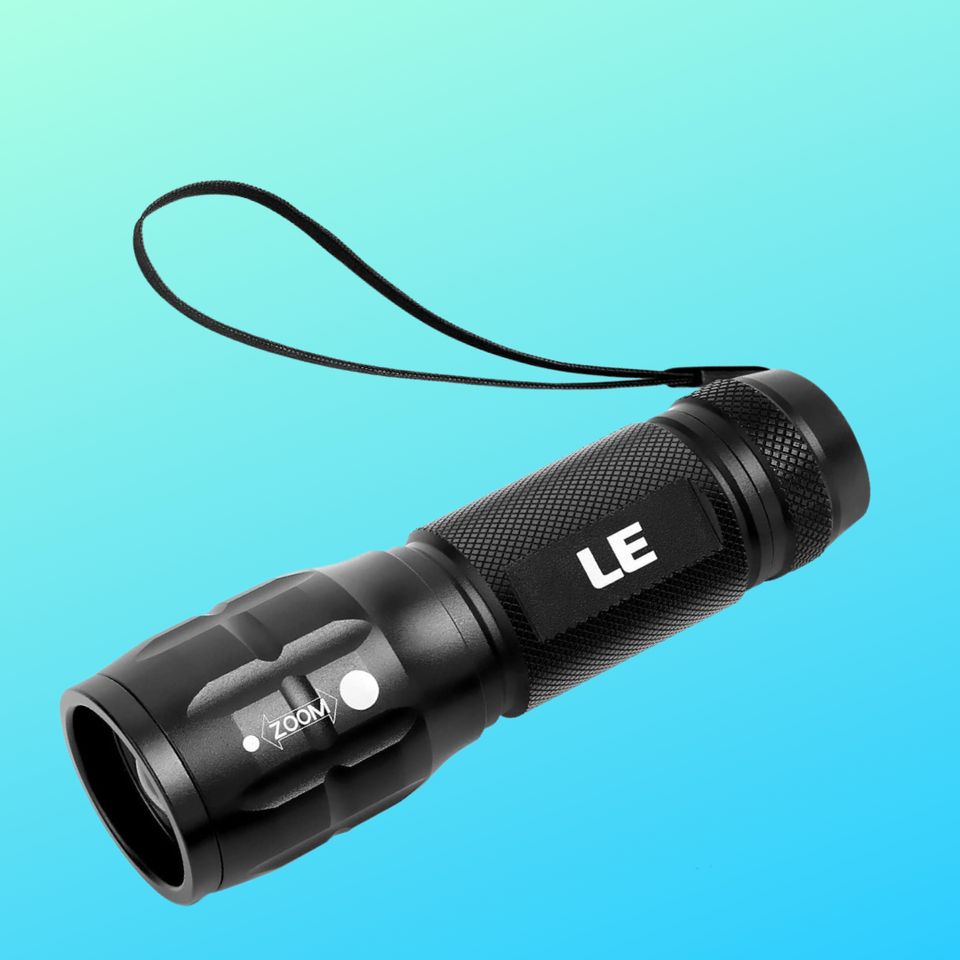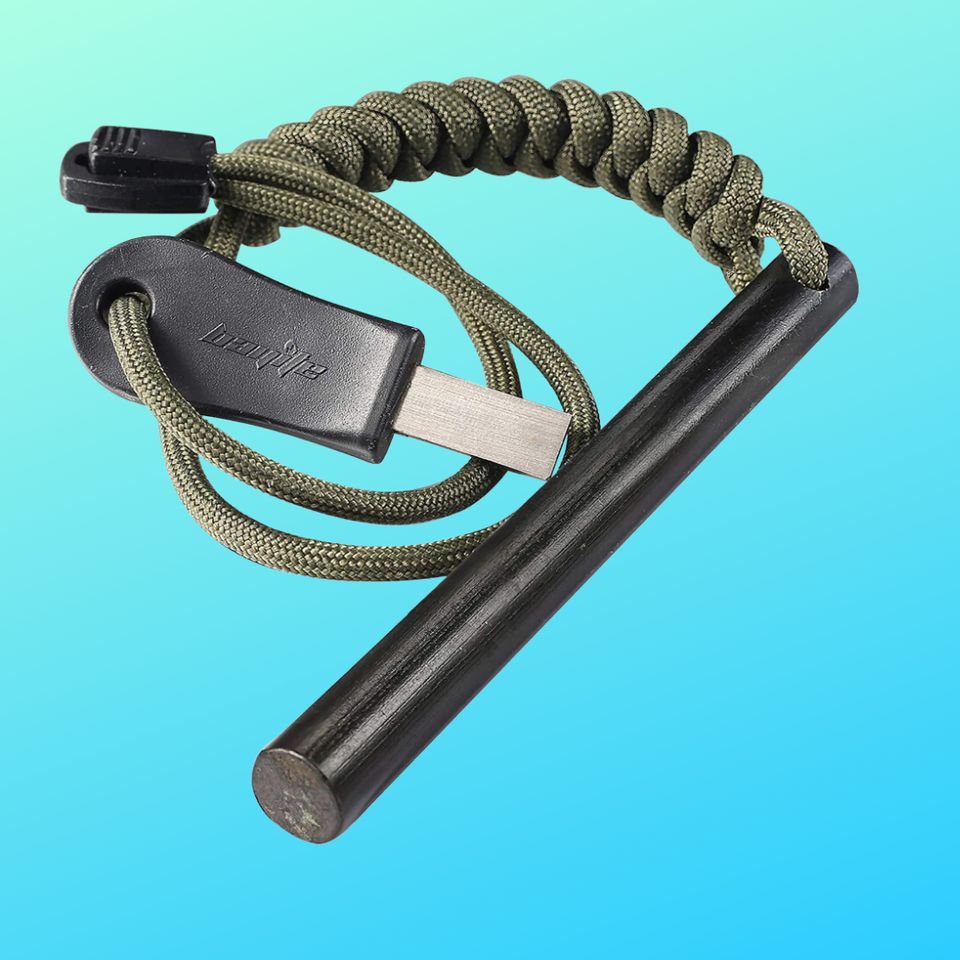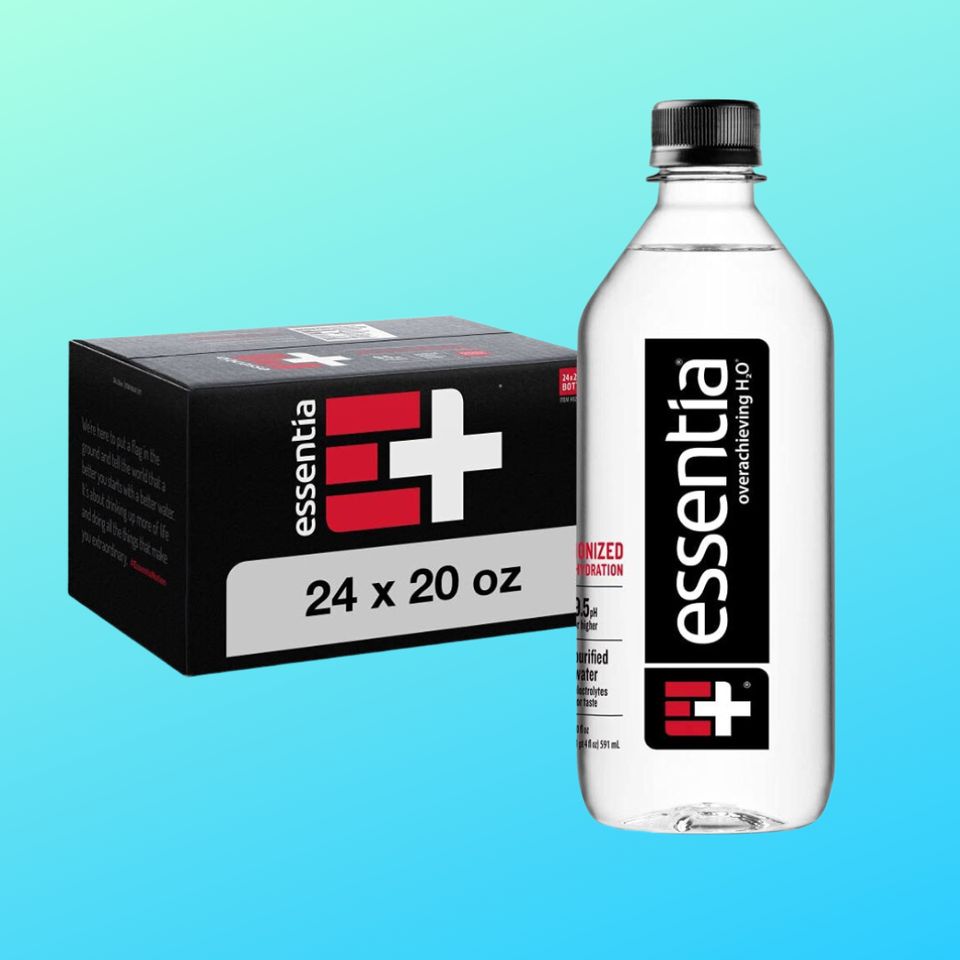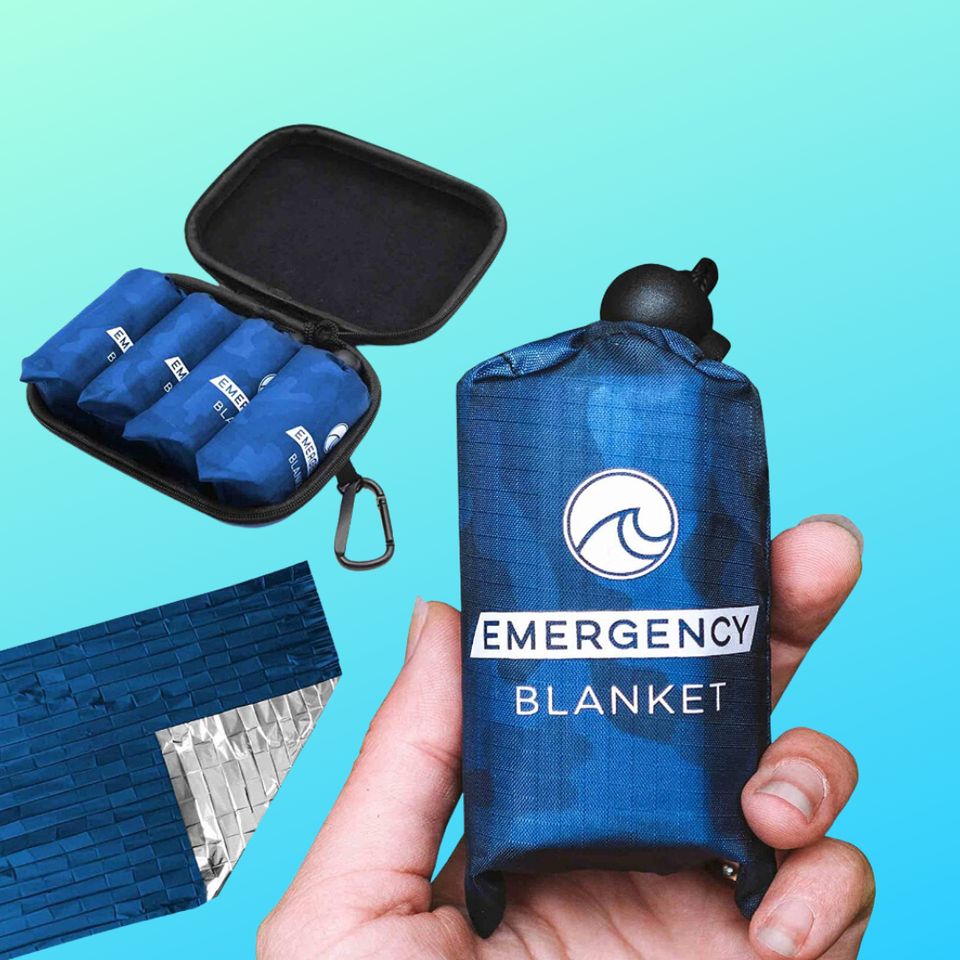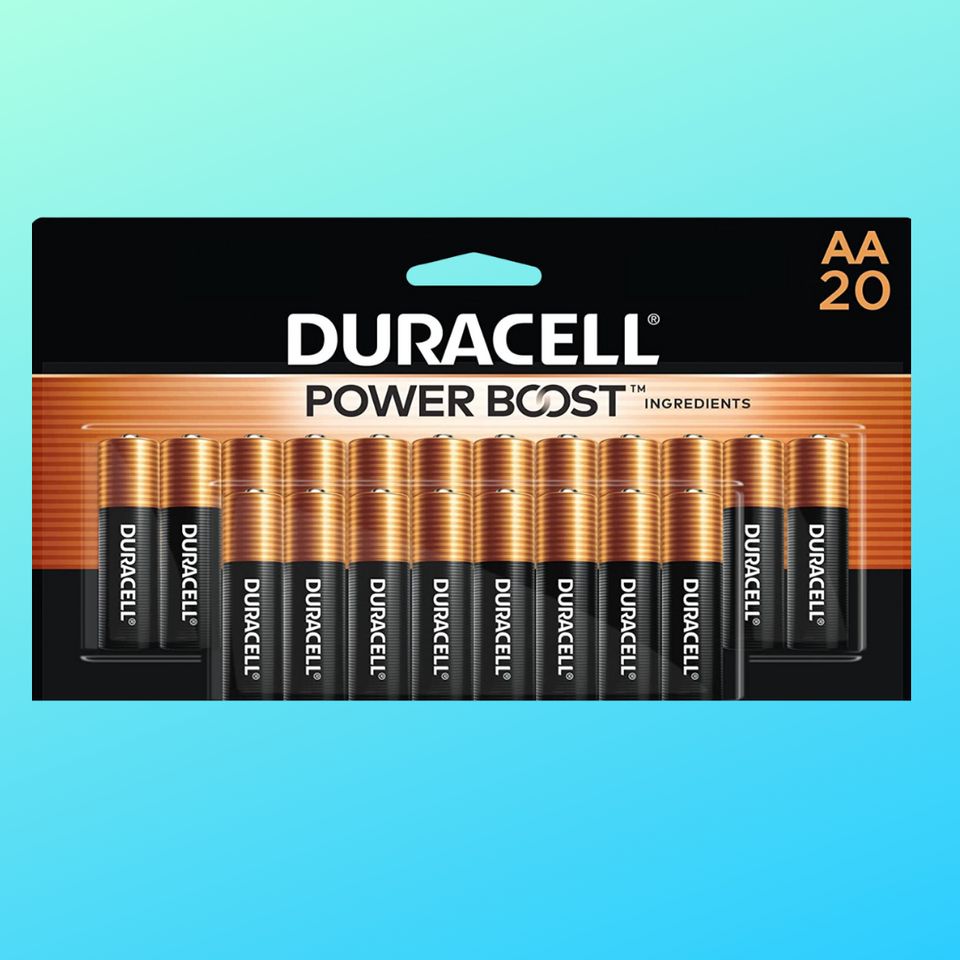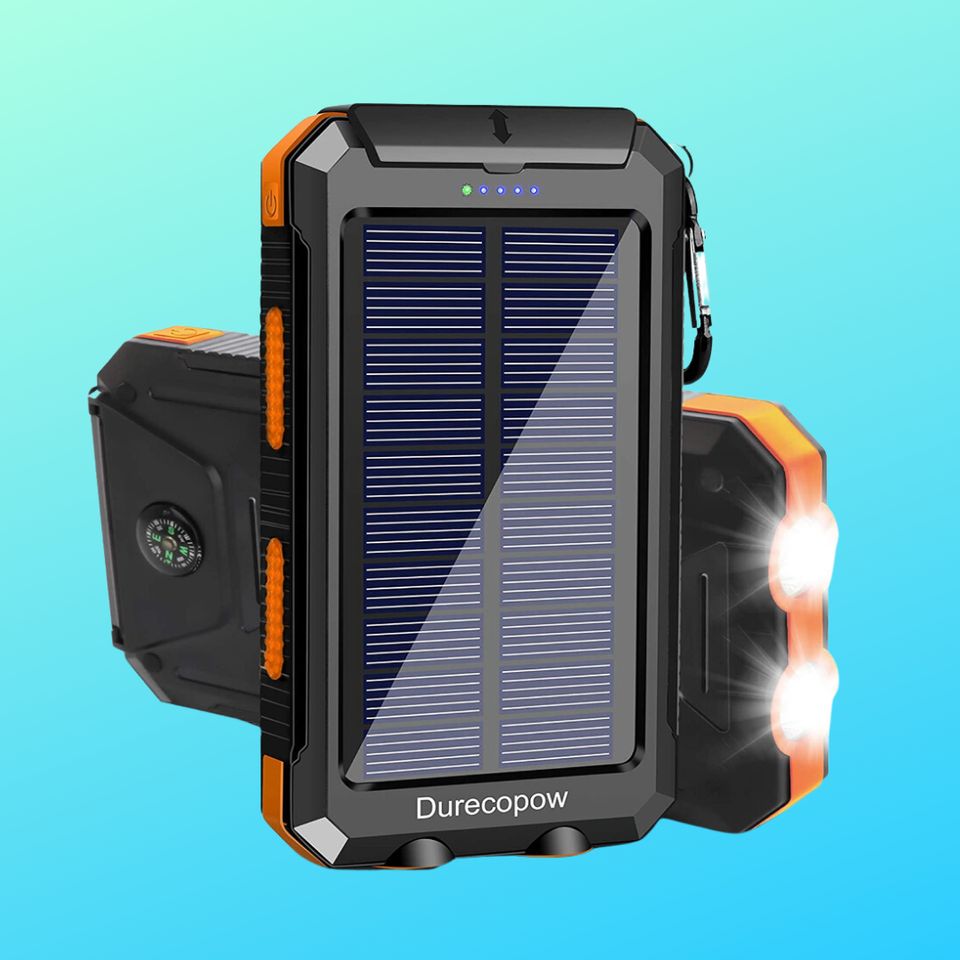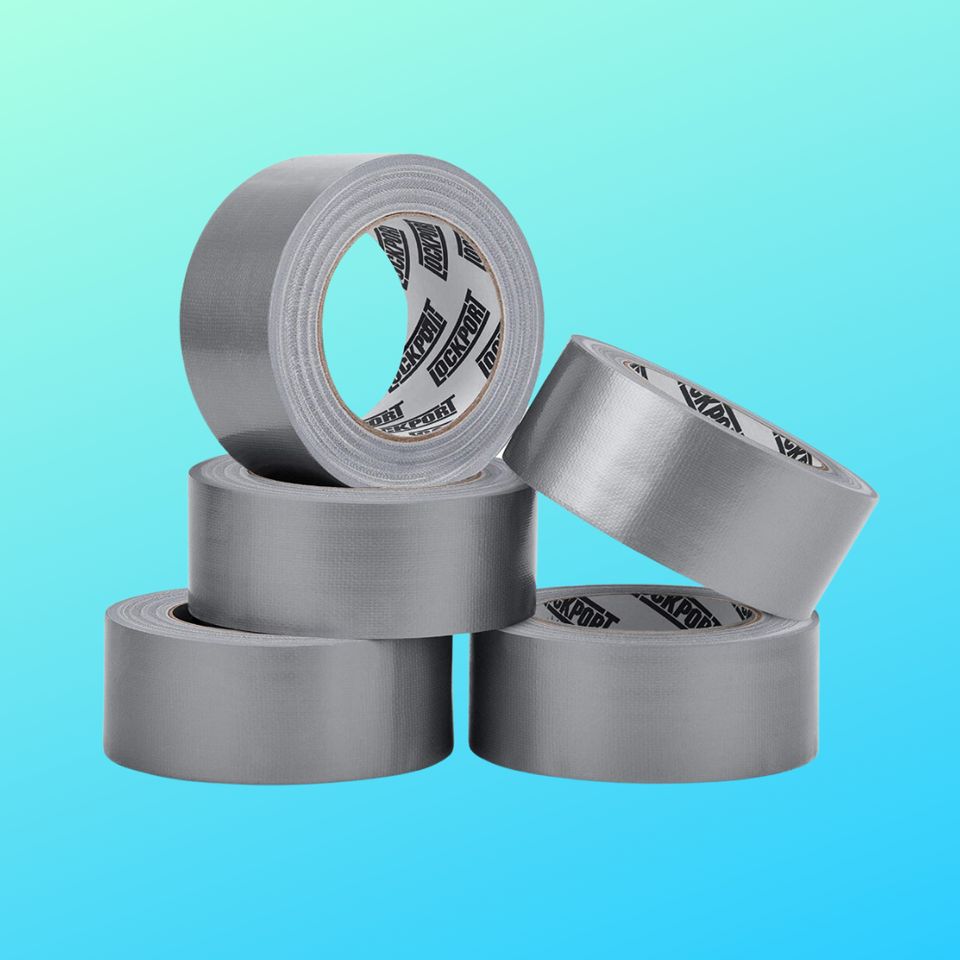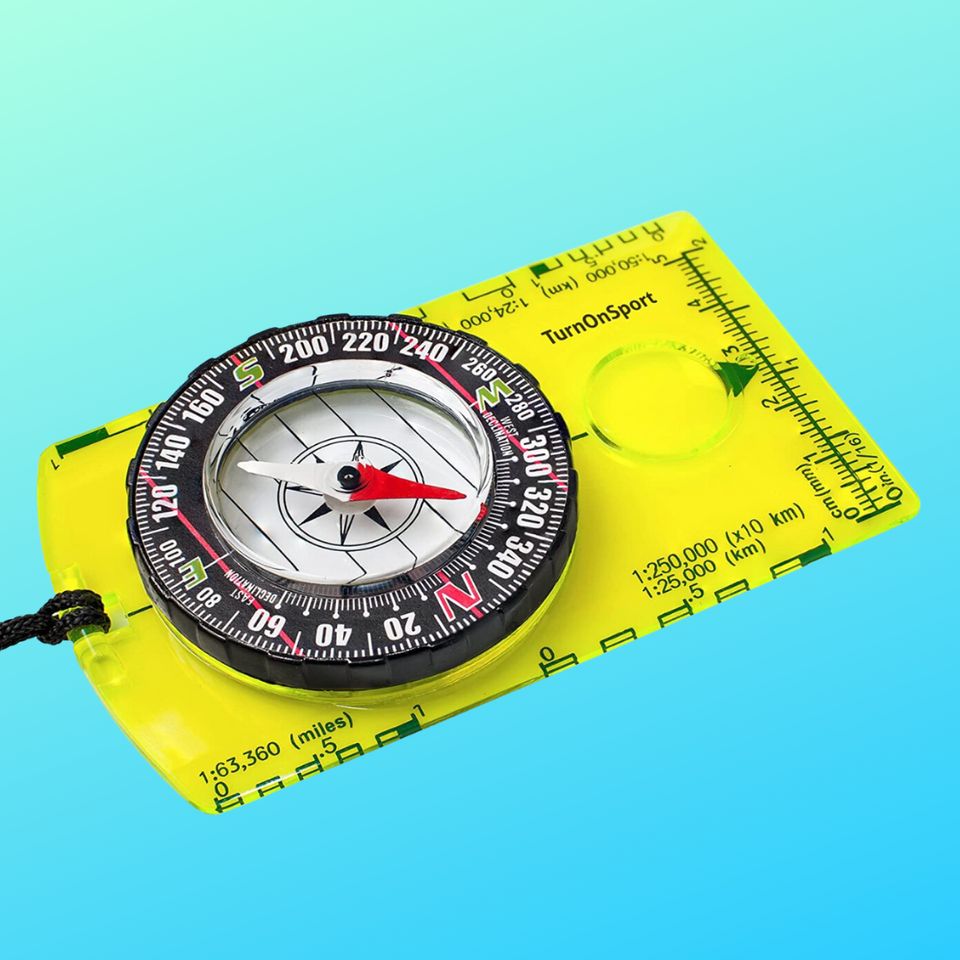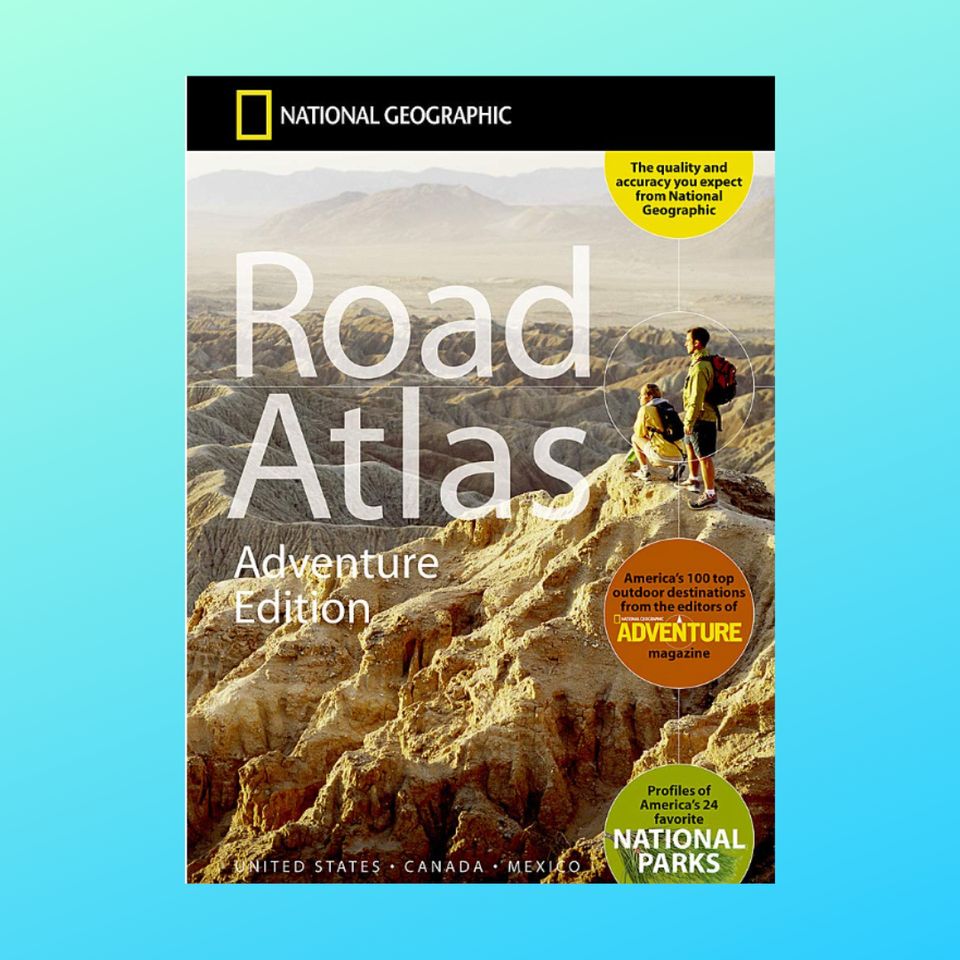When it comes to personal safety, no one ever wants to imagine that the worst could ever happen to themselves or their loved ones. But whether you live in an area that is prone to natural disasters or not, having essential survival items on hand can make a huge difference when push comes to shove. Earthquakes, floods, tornados, hurricanes, tsunamis and other worst-case scenarios might not seem like they could happen to you, but as many who have survived such events would tell us, it’s better to be safe than sorry.
Not only does having something like an emergency go-bag or survival kit on hand provide peace of mind, but it can also keep you and your family safe from harm in a wide manner of events, including the most unexpected. “Disasters can happen anywhere, anytime — even in someone’s own home,” Stephanie Fox, a spokesperson for the American Red Cross, told HuffPost. “Having the supplies needed to navigate the emergency can allow for a quicker and calmer response. And now, with the increasing frequency and intensity of climate-driven disasters, it’s more important than ever for families to be prepared.”
She said the Red Cross strongly encourages everyone to have an emergency preparedness kit filled with the proper supplies they may need in the event of an emergency or disaster. In Fox’s opinion, having two different options on hand is ideal: one with essentials to sustain your family for three days in a backpack or tote bag, and a more substantial option stocked with two weeks’ worth of supplies.
“Each individual or family should stock their emergency kit to accommodate their own personal needs,” she said. “Food, water and any prescription medication are extremely important components to a kit.” She went on to add that “you’ll also want to make special considerations and accommodations for those most vulnerable in your family unit like children, the elderly, the disabled and pets.”
Survivalist, author and television host Ky Furneaux is a proponent of researching past natural disasters in your area to determine what kind of potential emergency situations you might find yourself in. “Are you in a flood plain? Is there a history of bushfires? Are you on the coast where you could get hit by hurricanes? This will give you an idea of what you need to prepare most for,” she told HuffPost. Even if there is no history of natural disasters where you live, she said, it is a good idea to have a go bag ready in case your area gets struck by a “once-in-a-lifetime event.”
While there are many pre-made survival kits and go bags available for purchase, Furneaux believes the best survival bag is one that you have put together yourself. She said that “too many people have survival bags that they have bought as-is, and they don’t know what is in them nor how to use all of the contents. By tailoring your own bag to your own needs, you will always know what you have and how to use it.”
Wilderness self-reliance educator and traditional skills practitioner Donald Dust gets millions of TikTok views on this very topic. He agrees with Furneaux that making your own is the best way to go. He argued that pre-made “bug-out” bags can be gimmicky and give people a false sense of security, but that “there is a self-reliance factor people will find when they research, plan, educate and train with their bug-out bag.”
All of the experts agreed that emergency bags should contain copies of important travel and identification documents. Dust also recommended scanning them and loading them into your Cloud account, along with sending paper copies to relatives who live away from you. He also noted that you should never fill the pack itself all the way up. “Leave room for things that could be provided at relief centers or objects that might be added along your route of travel,” he said.
Furneaux also emphasized that the single most important survival item (besides a blade) is having a good mindset. “If you can stay positive and be adaptable, then you have won half the battle.” Dust echoed these sentiments, explaining that “your mental ability to stay cool, calm and collected is essential. Having the ability to logically say ‘it’s time to go’ is a must…The mind is super powerful and if you have prepared yourself mentally, physically and emotionally, you will live.”
Below, we’ve compiled a selection of essential survival items for creating your own emergency go-bag inspired by our experts’ suggestions. They include everything from fire starters to popular multitools on Amazon, fresh undies, headlamps, solar charging stations and more. It’s a great jumping-off point when creating your own survival bag and you’ll be able to have peace of mind knowing that you and your family have practical resources close at hand should disaster strike. As Dust put it: “You never know when you will get that knock on the door.”
HuffPost may receive a share from purchases made via links on this page. Every item is independently selected by the HuffPost Shopping team. Prices and availability are subject to change. The experts we consulted for this story do not necessarily endorse the products ahead unless otherwise noted.
A large capacity backpack
Each individual in your home should have their own pre-packed pack. This military-style backpack is as durable as it is comfortable with many versatile compartments. It has two large main compartments, two smaller pockets in the front and a back pocket. The large interior pocket has an elastic strap that can keep laptops in place, while each compartment and pocket has a mesh or zipper pocket for even more organization. The Y strap at the top makes it possible to hold more items, like a sleeping pad or outer layer of clothing. It’s available in seven different colors and patterns.
A pair of emergency whistles
Wilderness self-reliance educator and traditional skills practitioner
Donald Dust recommended having a whistle handy in your go bag. This pair of double-tubed emergency whistles can be heard at a long distance, are made with strong aluminum alloy material, are lightweight and water-resistant. Strap them onto a lanyard or a backpack loop and you’re all set.
A portable hand crank NOAA weather radio
All of our experts agreed on the importance of having a crank radio on hand. This is a combination radio and charger, which survivalist,
author and television host
Ky Furneaux believes is a must. She told HuffPost, “This handy gadget allows you to crank a handle to create electricity to charge it and other items. It will also give you some access to news regarding your situation if all other means of communication have failed.”
Yeti Rambler one gallon jug
Having a large capacity water bottle in your bag is essential, and this Yeti option, while large, can be clipped to the exterior of a bag and is more versatile than you might think. According to Furneaux, “You can survive for about two to three days without water, but you will start to lose cognitive function before then. It’s important if you are going to be processing water that you have something to process and carry it in. It is my preference that this vessel is stainless steel, so it can also be used as a pot to boil water if that becomes the only purification method available.”
A pack of fresh undies
Tuck a six-pack of underwear into your bag so you have enough to stay fresh no matter how many days you might need to be on the move or without fresh clothes. Keep it simple and easy with these options from Amazon Basics for women and Fruit of the Loom for men.
A multitool
Made with stainless steel, this multitool is versatile, strong, durable and, very importantly, easy to use safely. It’s rust and corrosion-proof, and includes a variety of needlenose pliers, standard pliers, wire cutters, a multifunctional knife, a can opener, two slotted screwdrivers, a bastard file, a second file, a rope cutter, a saw and serrated knife.
Shelf-stable camping meals
Instead of loading your bag down with canned food, lightweight, small and easily packable camping meals are the way to go. They have a long shelf-life and can be reconstituted with water and made with or without the aid of fire. REI has a wide selection of meals and brands to choose from, with breakfast options like oatmeal and hearty stew dinners, and two major brands are available at Amazon as well.
A rechargeable waterproof lighter
This waterproof lighter is easily recharged, so you don’t have to carry around lighter fluid. It’s the ideal companion to the above crank radio that doubles as a charger and will ensure you are able to start a fire whenever necessary.
Rael organic cotton pads
If you are a person who menstruates, then having a pack of sanitary pads on hand is essential in every kit. These Rael pads are made of organic cotton, are unscented and have wings.
A neck gaiter
Dust recommends having a gaiter, bandana or another kind of face covering on hand to help protect you from the elements. This set of two can be used to keep warm, shield you from dust and debris and also keep you cool on warm days. It’s made of lightweight, breathable material that is moisture-wicking and versatile.
A pair of signal mirrors
Furneaux listed signal mirrors on her list of survival pack must-haves, like these from Amazon. They’re durable and compact, made with high-quality acrylic material that won’t crack or fray. It’s a handy distress tool that could alert others to your location if necessary that won’t take up much space at all in your pack.
A LifeStraw
Furneaux recommended using a LifeStraw filter for your water bottle. It can take even the grimiest water and filter it so it’s drinkable. You can get these individually or in sets of two, three or five. It can protect against bacteria, parasites, microplastics, dirt and more.
A set of headlamps
Furneaux recommends keeping a pair of adjustable headlamps like these at Amazon in your go bag. They’re powerful, hands-free LED lights that can last up to 10 hours with three
AAA batteries (not included). A USB-rechargeable pair is also available. They’re lightweight, washable and easy to use.
A portable LED flashlight
If you prefer to keep a flashlight on hand, then this compact, zoomable model is a great option. It’s water-resistant, bright and long-lasting. Best of all, it has a zoom feature so you can focus on a single spot or flood an entire area. Three AAA batteries are included.
A first aid kit
A simple first aid kit is absolutely vital, all our experts recommended it. You can tuck your prescription meds into it along side these essentials that help with small cuts and wounds, minor pain and even GI issues. It comes with 298 pieces but is remarkably small and can be tucked into place with ease. It’s worth having one on hand.
A flint fire starter
Furneaux told us that “lighters will eventually run out of fuel and have moving parts that can malfunction, so ferro rods are also a must, with the average rod offering between 8,000 and 12,000 sparks or possible fires and being impervious to weather conditions.” This one comes with a lanyard handle and striker, and is just as small as it is mighty.
A pack of water bottles
If you’re prepping a larger, more long-term kit like the kind that Fox mentioned, having a case of water will make life much easier. This 24-pack of Essentia water should live in your car, garage, shed or emergency storage box.
A four-pack of emergency mylar blankets
All of our experts recommended having emergency blankets in your kit. These space blankets are reflective, heavy-duty and extremely packable and compact. According to Furneaux, emergency blankets are “amazing for containing body heat, should temperatures plummet or water immersions occur.”
A pack of batteries
Slip some batteries into your pack to keep your gear going. Just make sure that they are compatible for whatever battery-operated devices you have in your kit.
A solar-powered charging bank
Made with silicone rubber and durable ABS PC material, this durable charging station can be charged either via outlet or the sun. It is compatible with a large number of smartphones, tablets, cameras and other devices and is water, shock and dust resistant. It even has a flashlight.
A set of duct tape rolls
Dust recommends having either duct or electrical tape in your pack. It can be used for repairing your blanket, pack, clothing, shoes and myriad other issues that might arise. This pack includes five rolls that are strong, flexible, weather-proof and can be torn by hand.
A field compass
If you need to make your way via a paper map, having a compass handy will help a lot. This manual magnet compass has a ruler scale for precise route mapping and is a small, yet essential piece of survival gear. It has its own little lanyard so you can hang it on your pack with ease.
A waterproof tarp
Furneaux noted that a tarp is “great for shelter building, keeping in body warmth, general water-proofing and also as a carrying tool.” This Amazon Basics tarp is made with durable, rip-stop fabric and has strong rust-resistant grommets on the outer edge so it can be securely tied down.
A road atlas
It’s probably been a while since most of us have had a physical paper atlas or map but you’re definitely going to want one in your go bag. This National Geographic road atlas is clear, with up-to-date road maps for all 50 U.S. states, Canada, Mexico and Puerto Rico.
Hand sanitizer
You’ll want to take the opportunity to disinfect your hands or gear whenever possible, and having some hand sanitizer in your bag can make that much easier and help to keep you and your loved ones healthy. This six-pack of Amazon Basics sanitizer is enough to stock each family member’s kit and have some leftovers for around the house.
